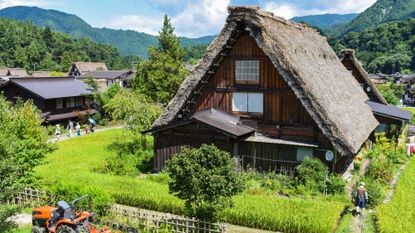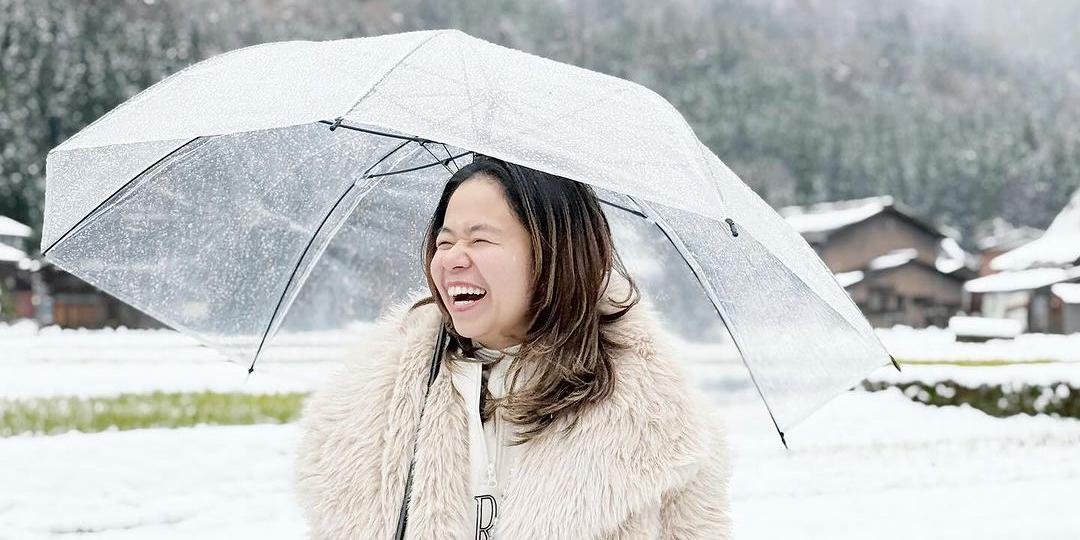Thatched roofs were once a common sight in the Japanese countryside, but they started to disappear in the 1950s, when people began migrating en masse to the cities. You can still see them in places, however – and nowhere more spectacularly than Gokayama and Shirakawa- go, said Tom Allan in the Financial Times . Set in wooded valleys 250 miles northwest of Tokyo, these hamlets share about 120 traditional wooden houses, each crowned with an "exceptionally tall, imposing" thatched roof.
As a result, Japan's 5,000-year-old thatching tradition flourishes here, nurtured by the Japan Cultural Thatching Association, which runs occasional public workshops. The grandeur of the buildings reflects the historic wealth of these villages, where two rare goods vital to the upper class – silk and nitre (for use in gunpowder) – were produced for centuries. But their form evolved in "conversation" with their surroundings.
The steep pitch of the roofs is designed to help shed the three metres of snow that falls in the area each winter. To minimise the risk of storm damage, the houses are orientated so that a gable end "faces the prevailing weather". And the materials they are built from – cedar, grass, rice straw and Japanese witch hazel – are cut within walking distance.
Indeed, a trip up the hill to cut grass by hand using sickles is the first stage of any thatching workshop. The roofs need re-thatching every 30 to 40 years, a "constant cycle" of renewal of a kind that is reflected i.


















